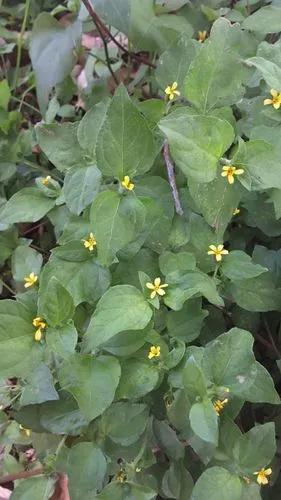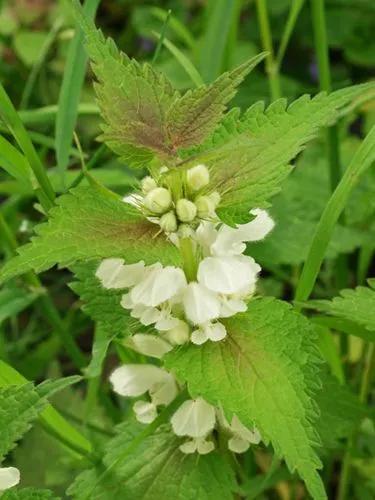Camellia sinensis is a delicate plant that brings an aura of peacefulness. This plant will keep gardeners happy and mindful with its beautiful flowers and moving leaves**.**
Camellia sinensis Care
Camellia sinensis
Other names: Tee Tree, Camellia Thea, Camellia Sinensis Thea, Thea Sinensis



Camellia sinensis (sometimes referred to as the tea plant) is a part of the Theaceae family. It makes its home in gardeners' houses worldwide; however, it originated in East and Southeast Asia.
Camellia Sinensis plants can be identified by their oval-like leaves that are a dark green color. They also have white flowers with a yellow center.
How to Care for the Plant

Water

This greenie needs lots of water, every 1-2 times a day. However, you should not soak it too much, as waterlogging the plant may damage it. Make sure the soil is moist but drains appropriately.

Pruning

Cut your Camellia sinensis to the base around late spring and early summer to ensure healthy growth.

Fertilizer

We recommend using a balanced fertilizer that slowly releases nutrients. The best NPK would be 10-10-10.

Sunlight

Camellia sinensis can do well in indirect sunlight but are happiest with direct full sun for most of the day.

Soil

A more acidic soil that drains well and is full of nutrients is perfect for these plant friends.

Propagation

Remove a cutting and root in nutritious soil. Make sure the soil remains moist and in a warm and well-lit area to ensure the roots will grow.

Temperature

Camellia Sinensis is hardy and can survive cold and hot temperatures. However, a happy medium will keep them healthy, so try to aim for around 86°F (30°C).

Container

As fast growers with complex root systems, Camellia Sinensis will need to be replanted every few years to ensure it remains healthy. Make sure there are a few inches between the sides of the pot and the roots to ensure this leafy friend has enough space. Ensure there are drainage holes too.

Fun fact

Camellia Sinensis leaves can be used to make tea.

Popularity

492 people already have this plant 54 people have added this plant to their wishlists
Discover more plants with the list below
Popular articles






